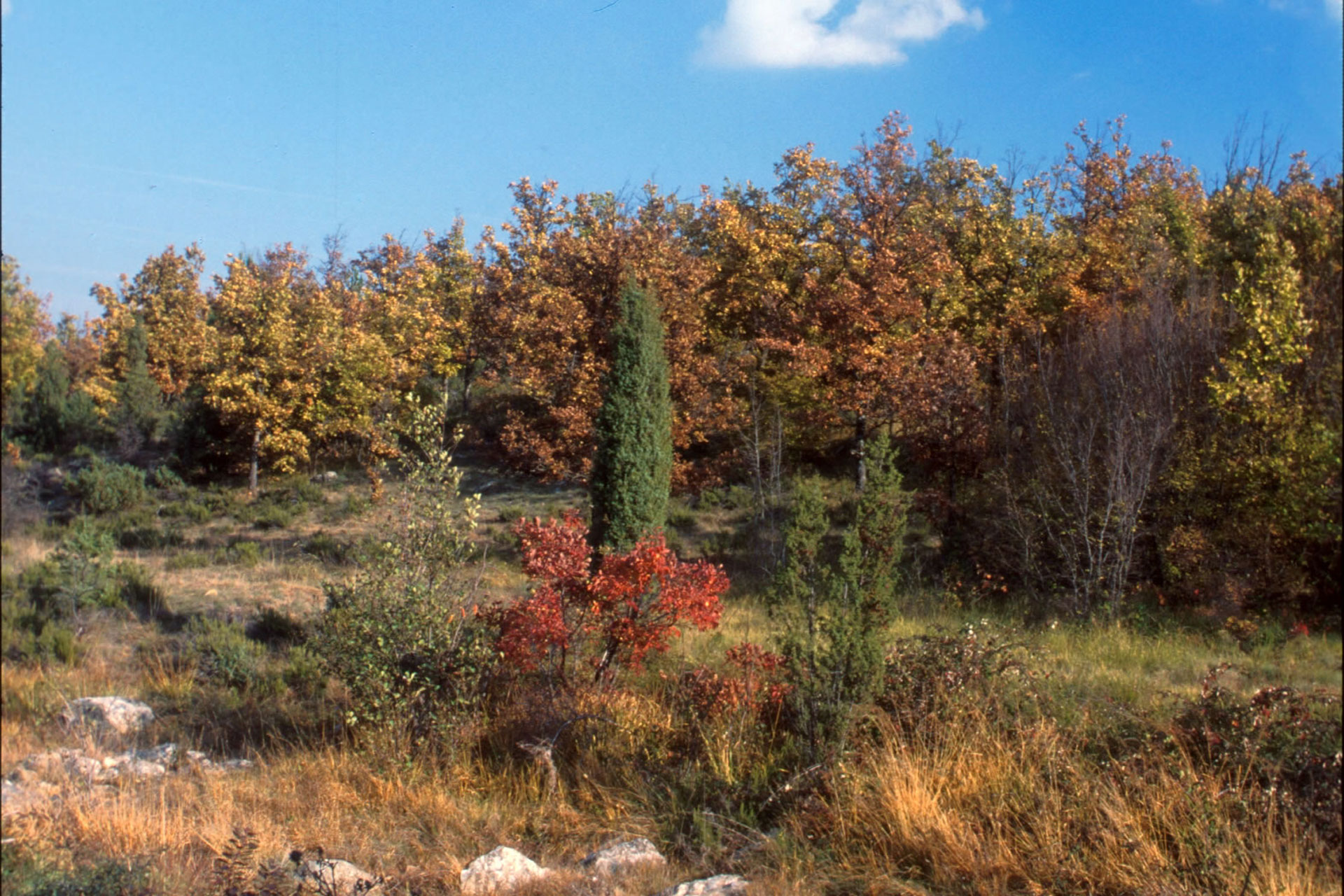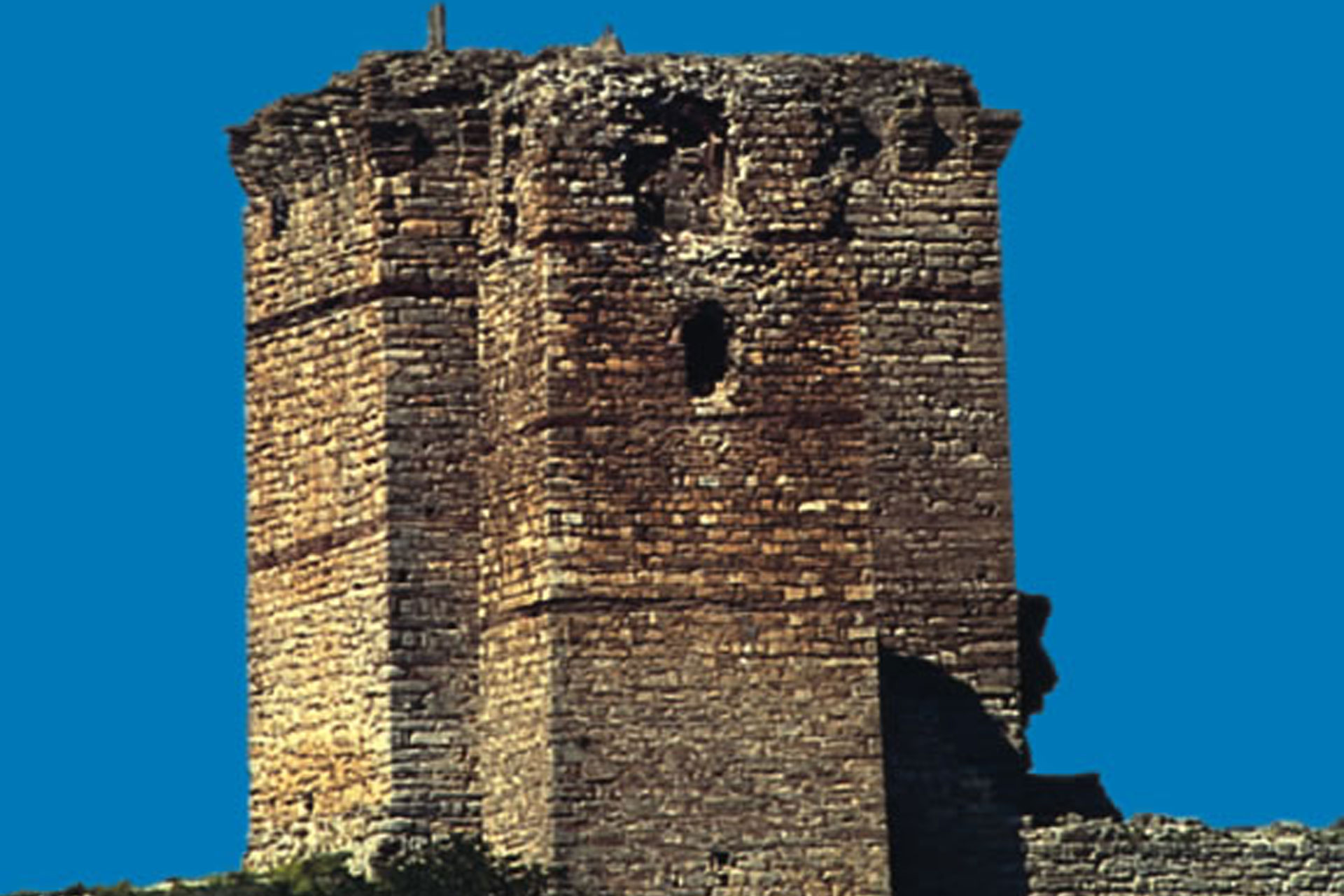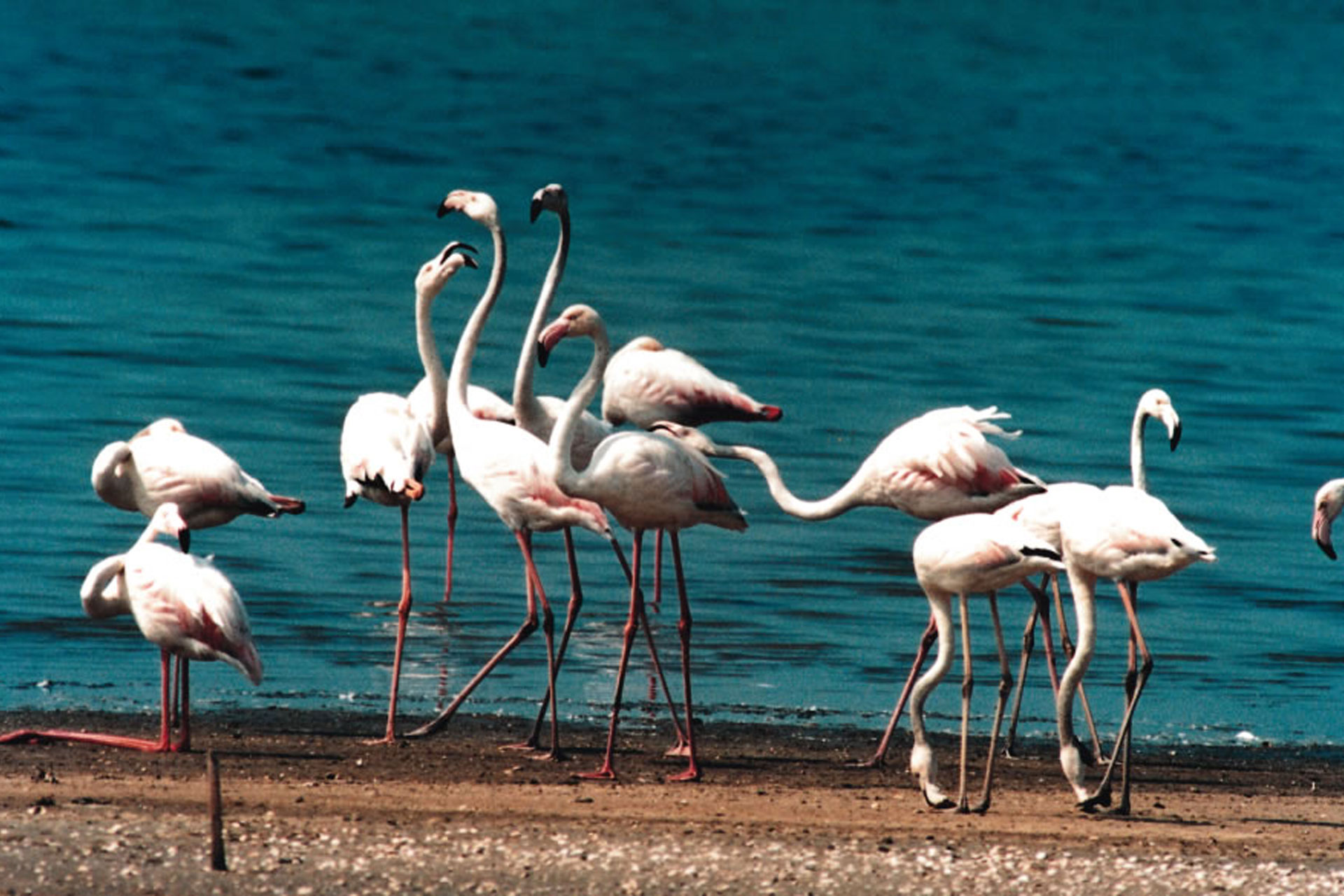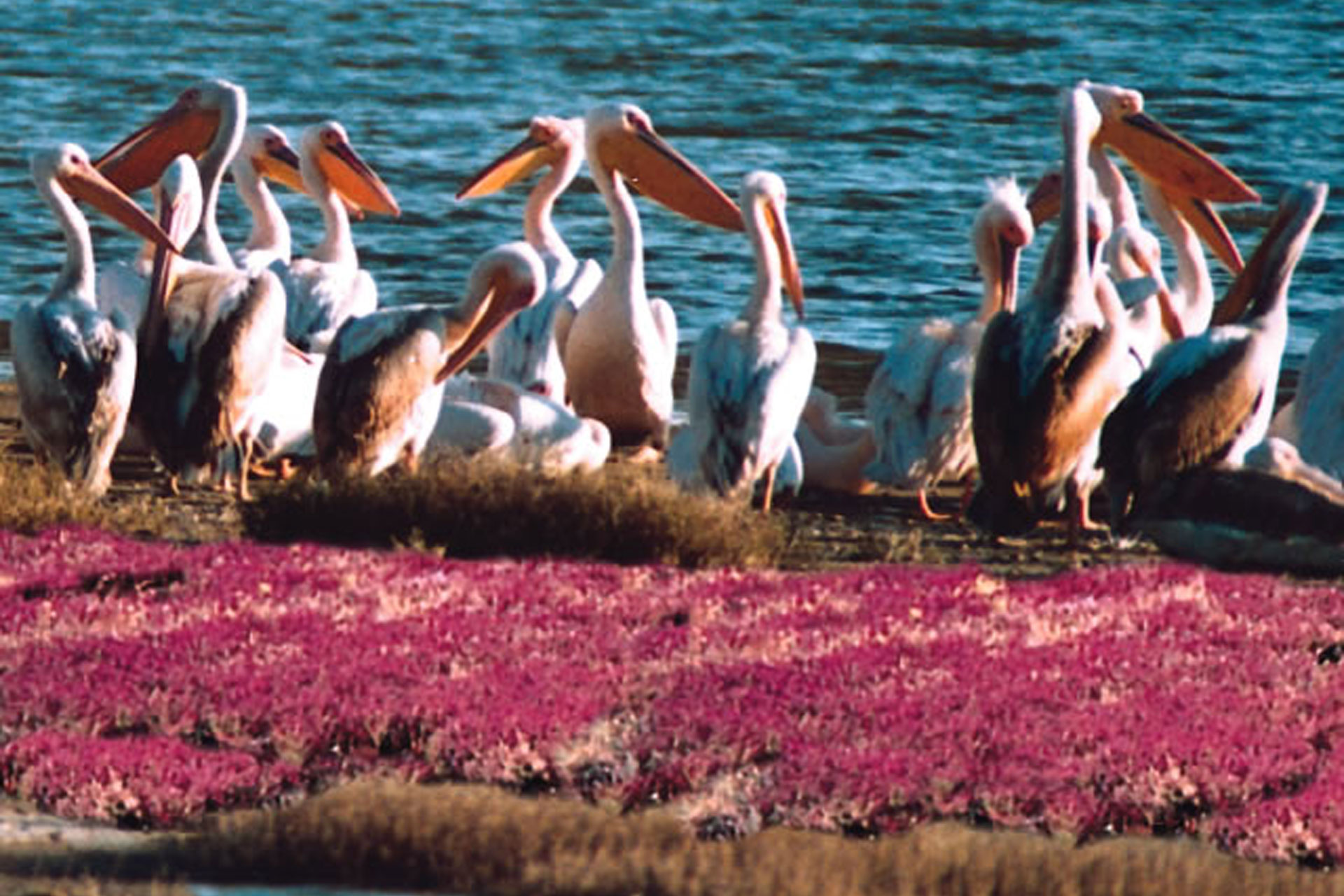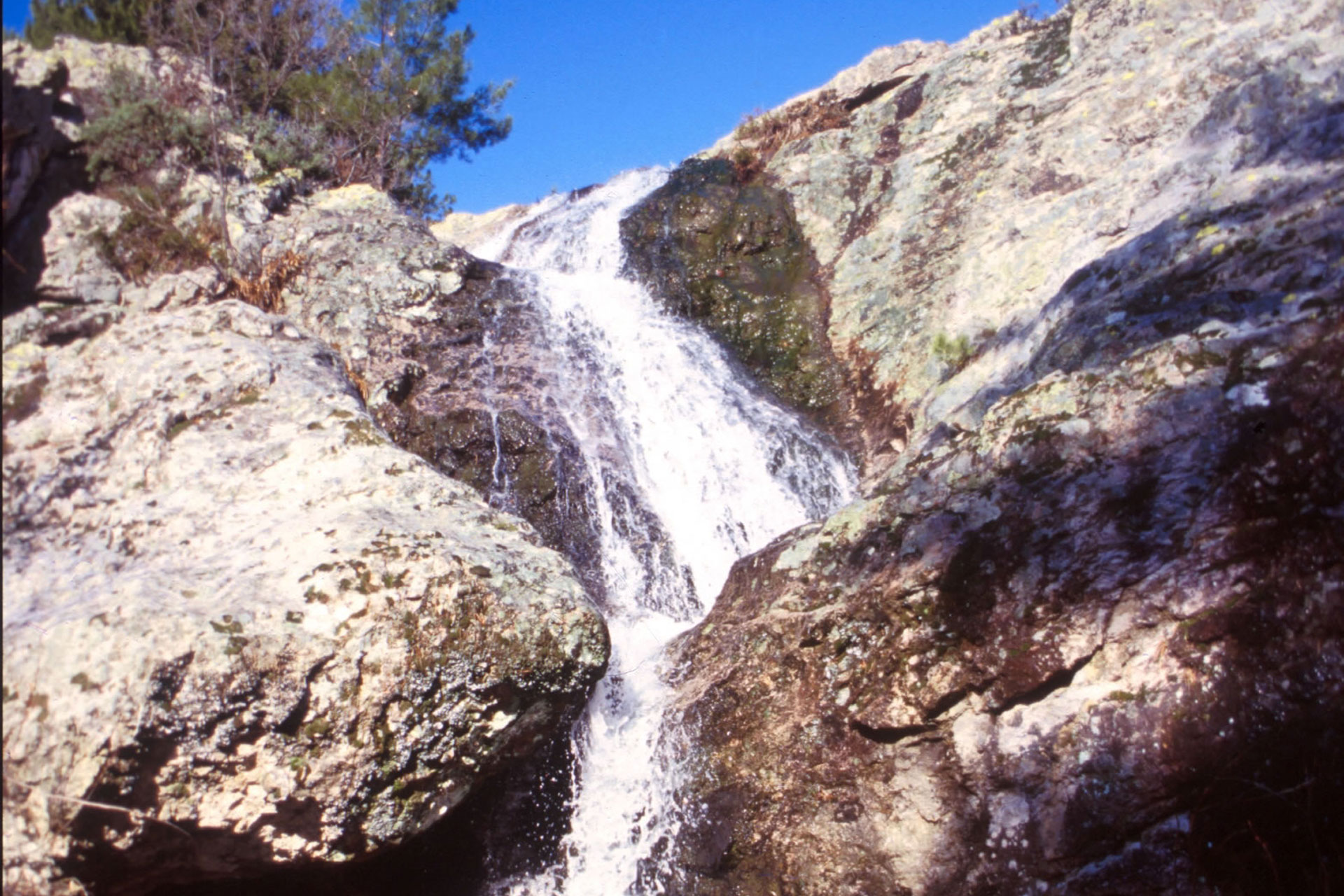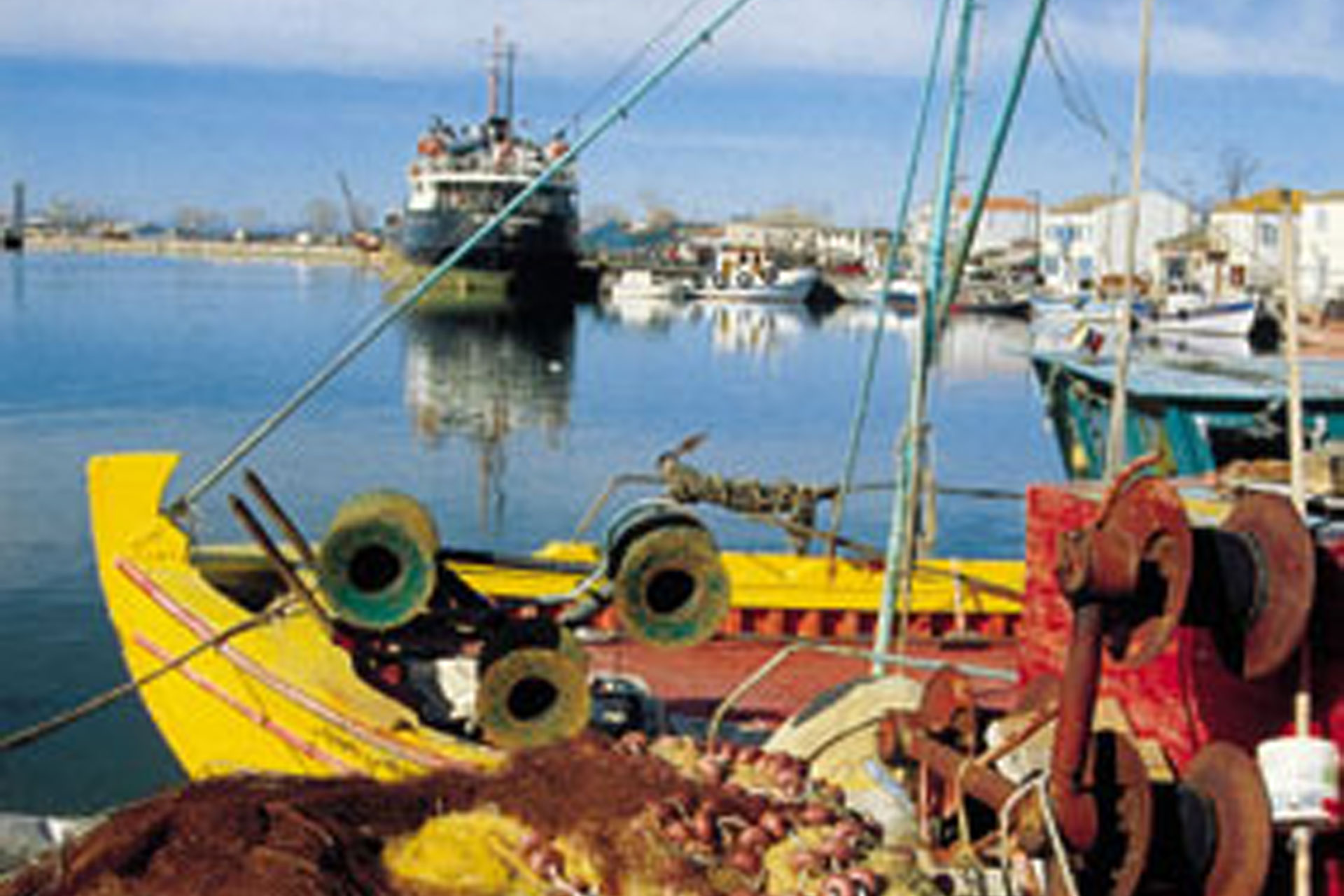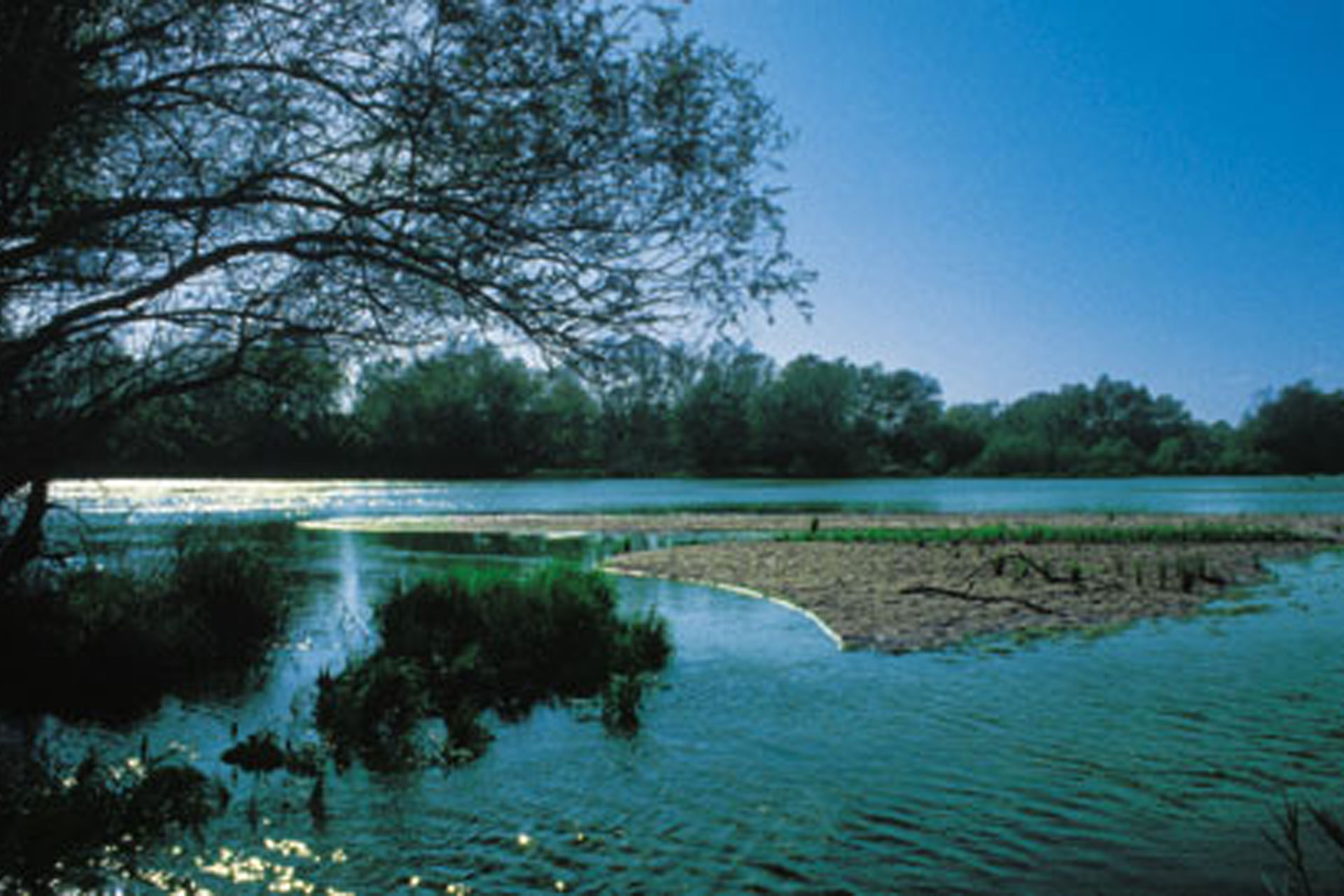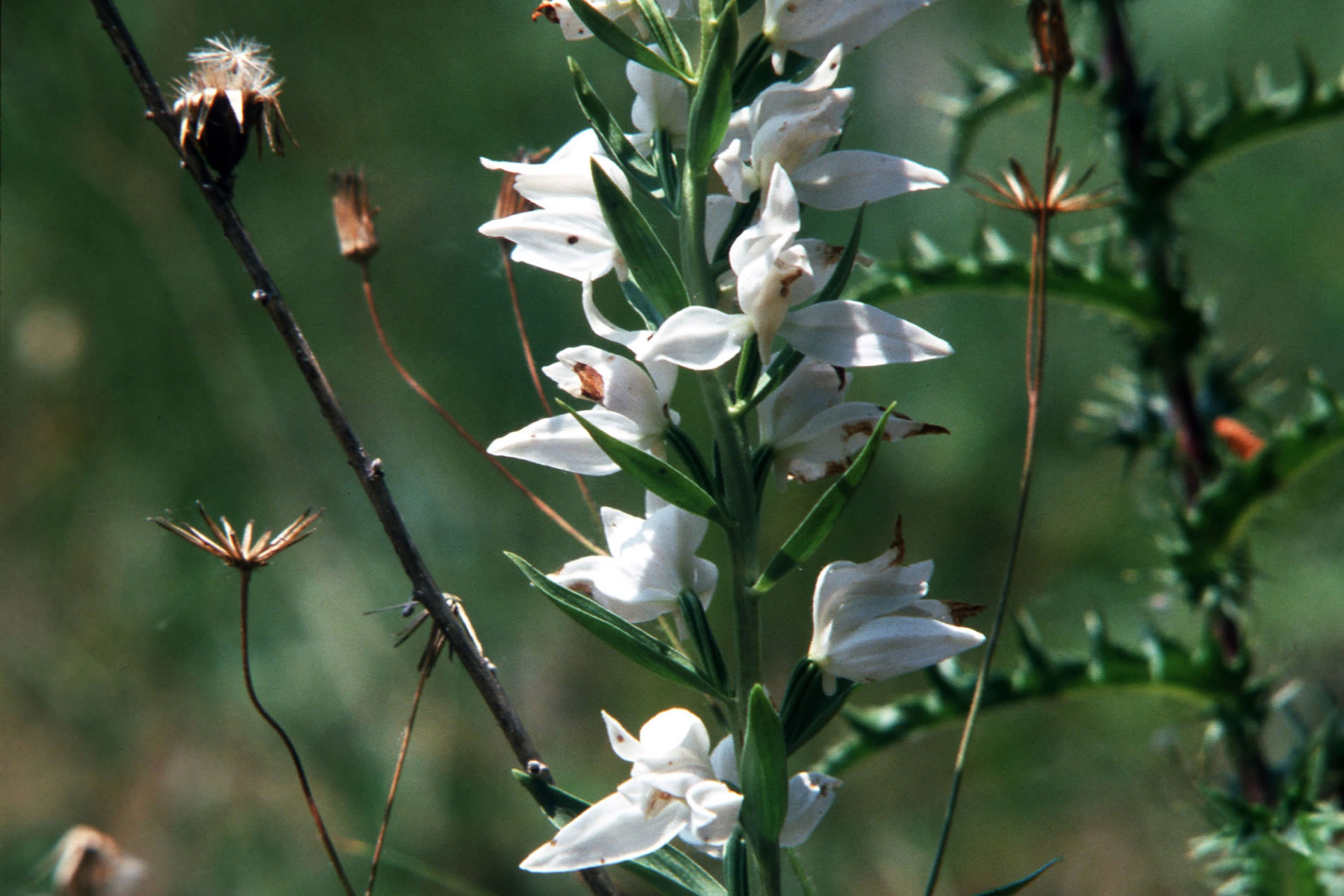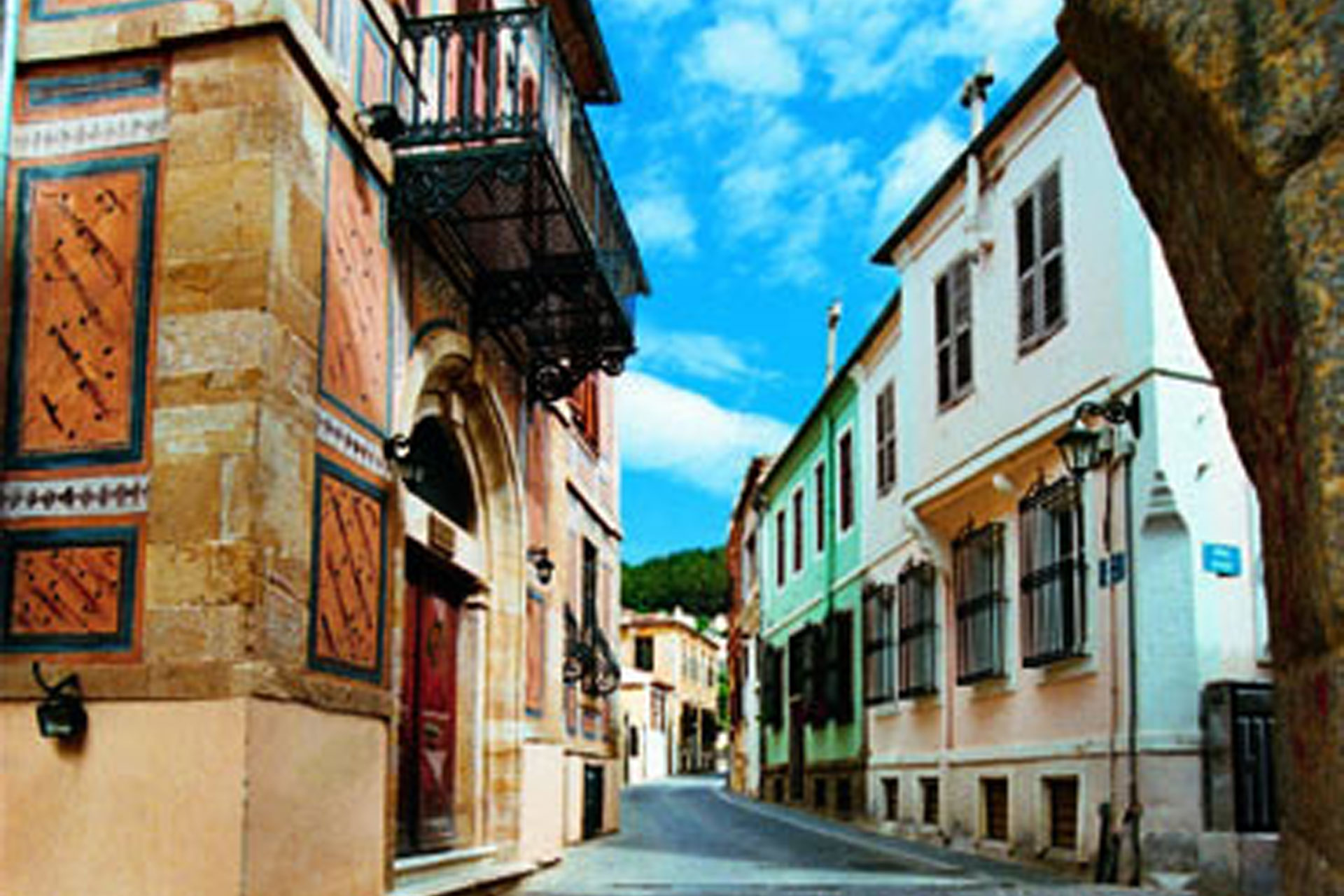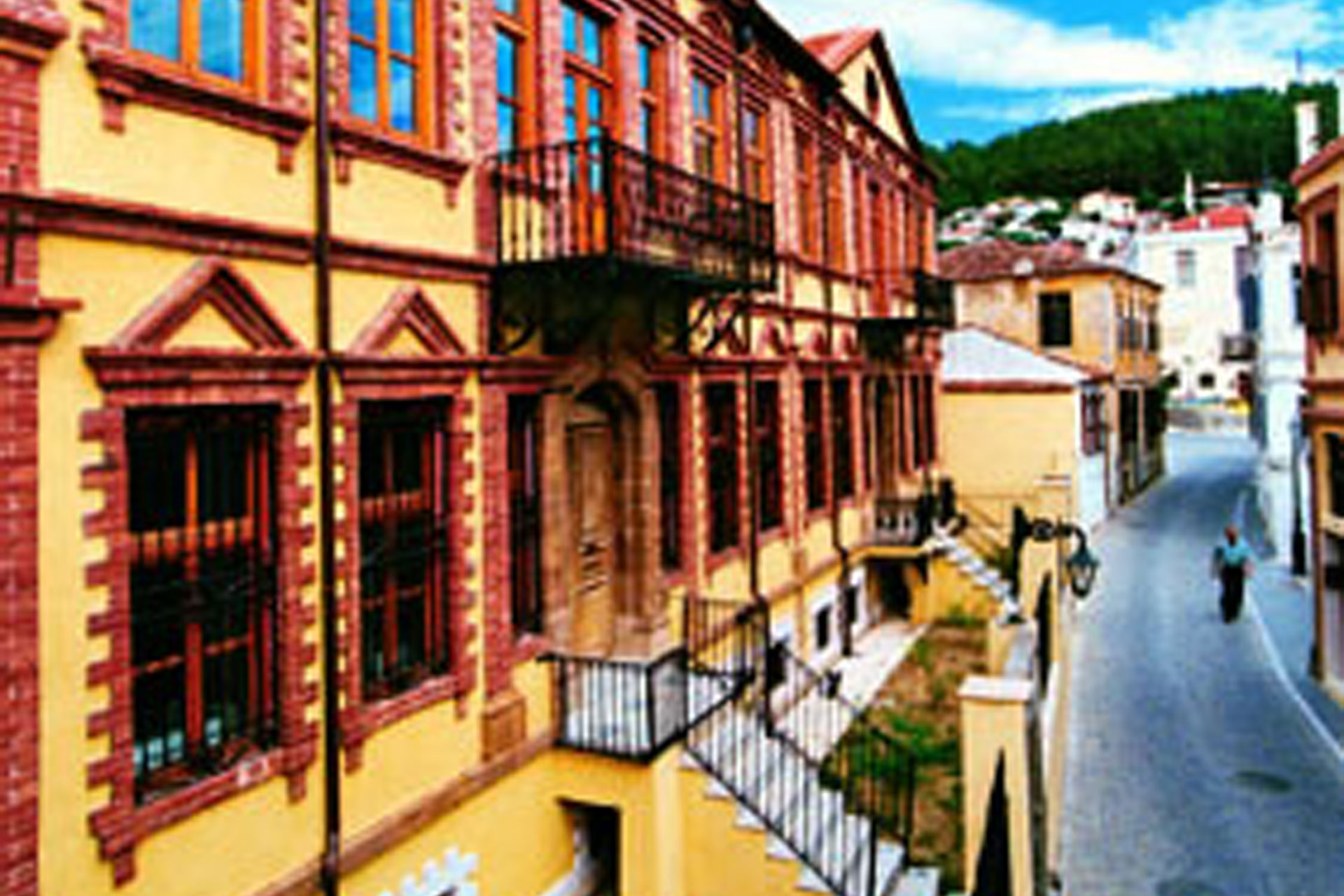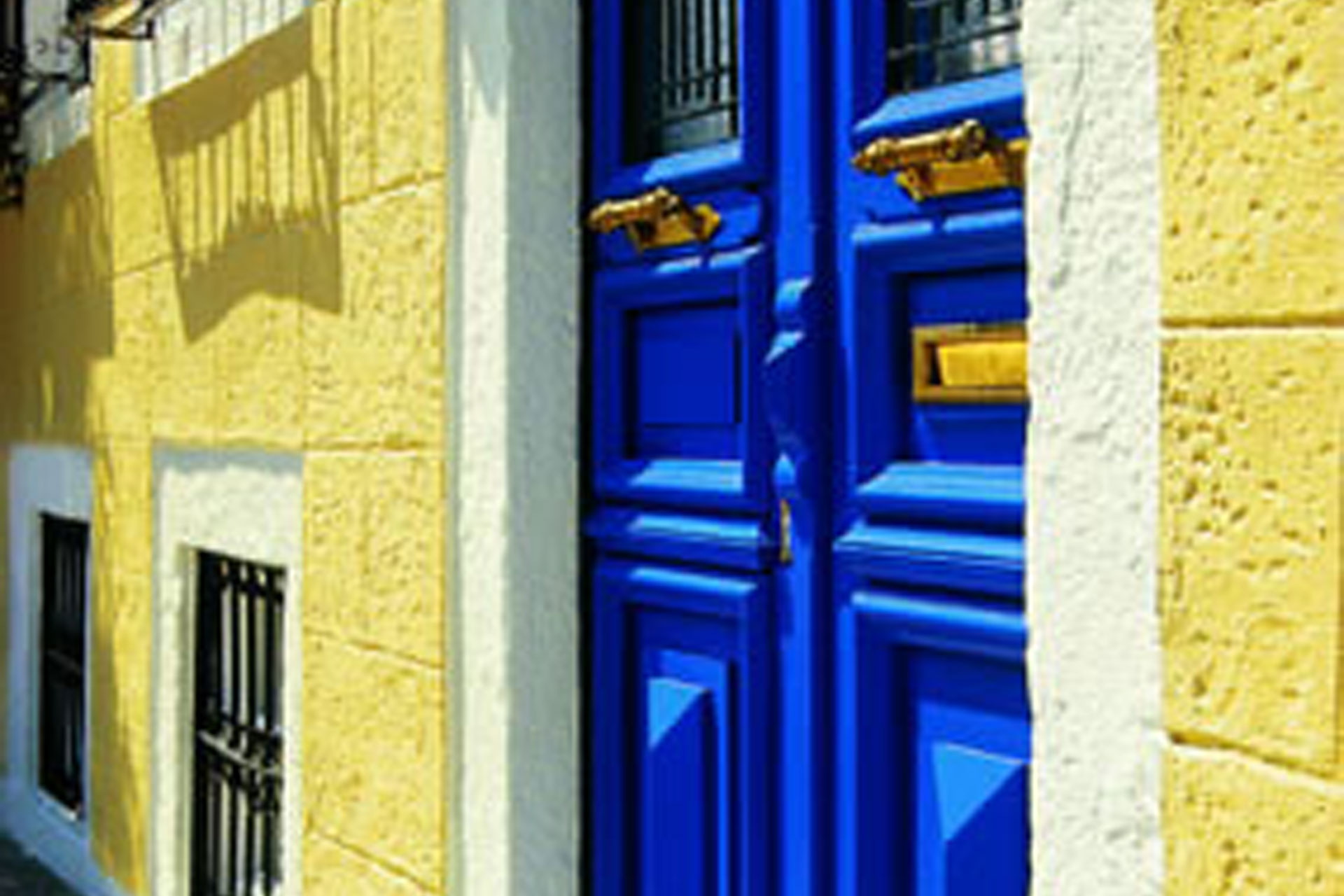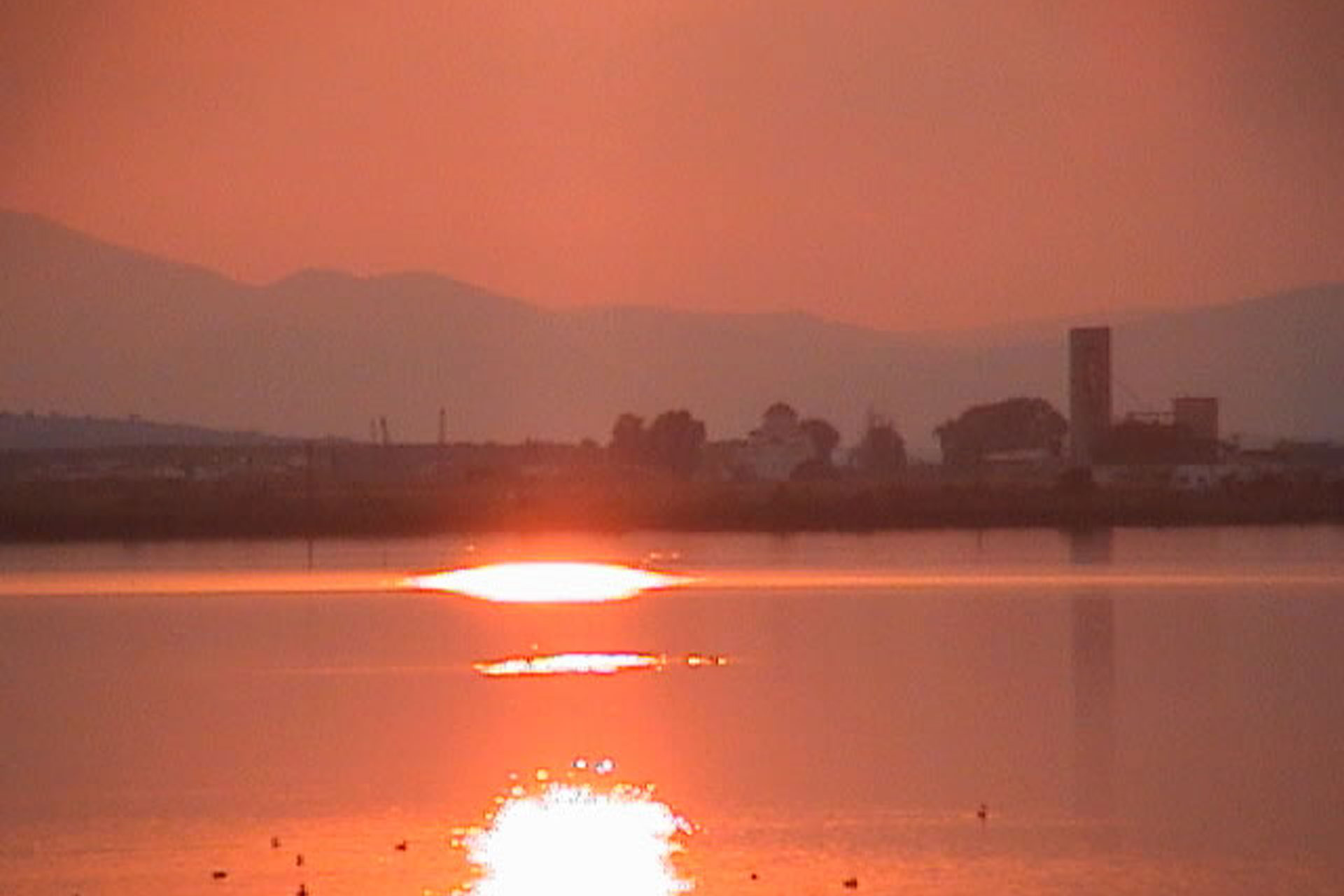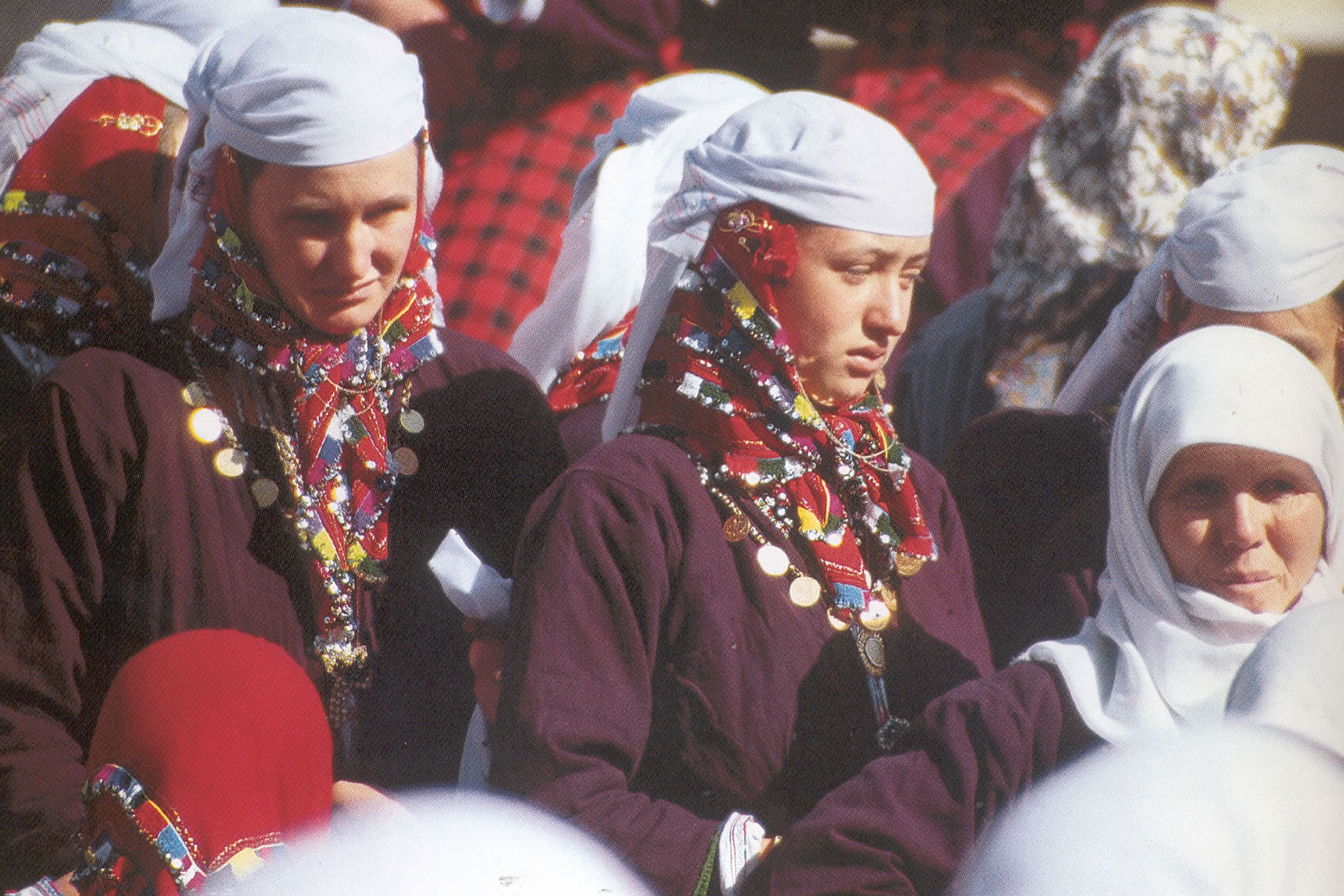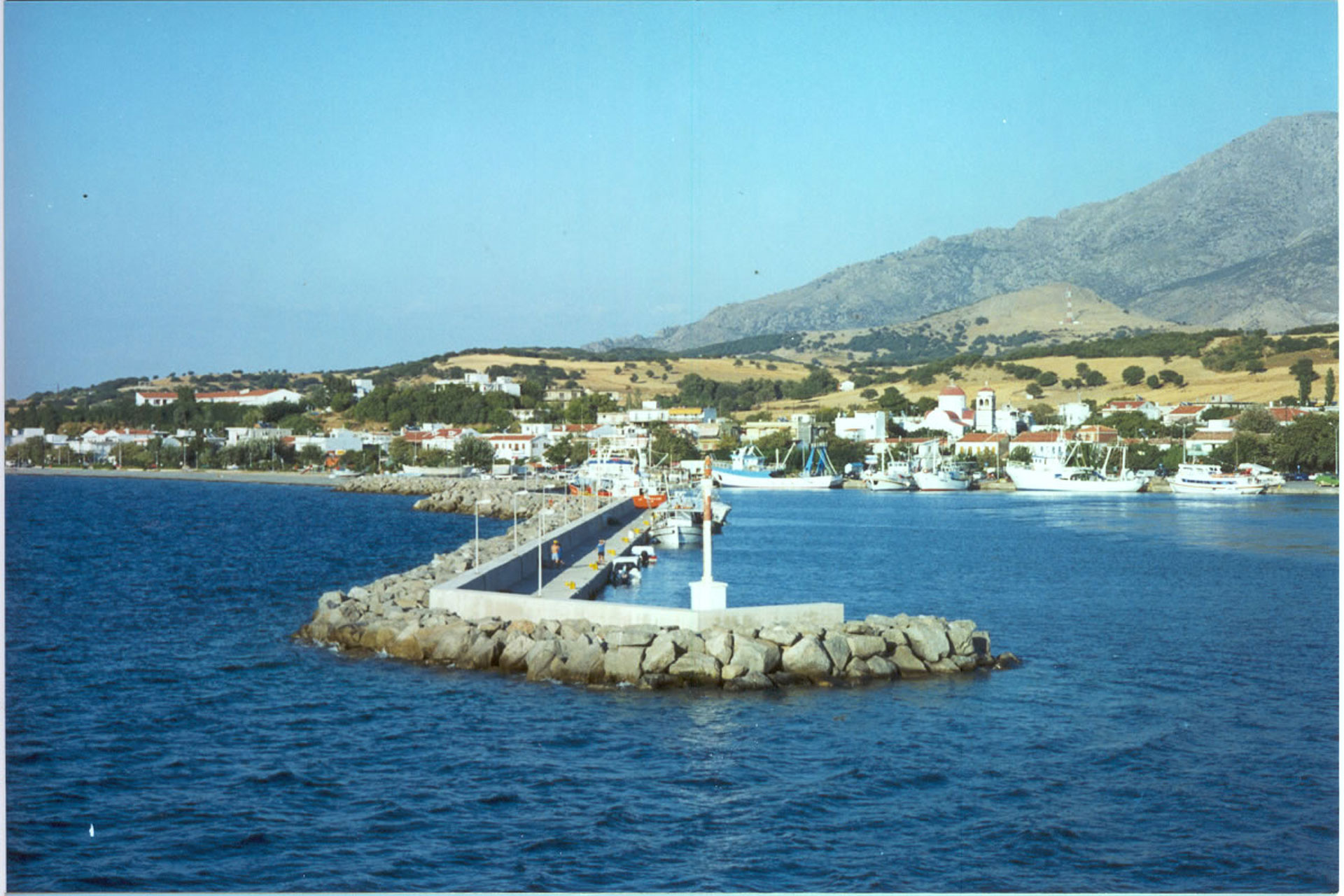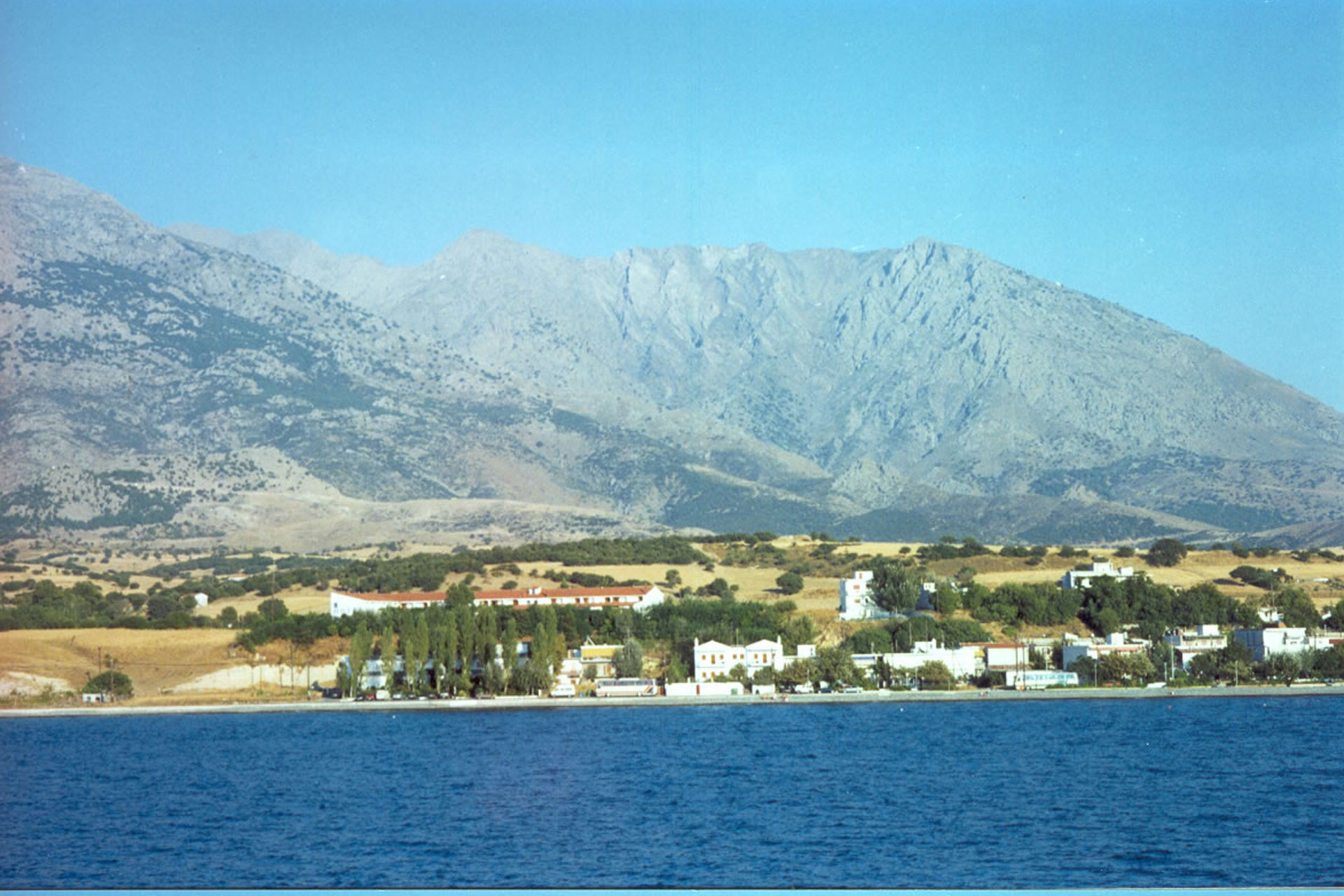Generally
Thrace is lucky enough to have on her boundaries some of the richest natural water lands in Greece and indeed in Europe. The two rivers (Evros and Nestos) which dissect it almost vertically and flow into the Aegean Sea, form respectively at their estuaries a delta which host rare and protected birds. The natural water lands are protected by international treaties and in the course of time have attracted more and more scientists and tourists. However, the lakes Vistonida and Mitrikos and others enrich the natural water lands of the region and contribute to the unique natural beauty.
The southern part of the region is washed by the Aegean Sea and forms long beaches whose great variety suits the preferences of all lovers of the sea. There are beaches with clear and clean water, some sandy and others shingle or rocky suitable for fishing, diving and similar activities.
Several coastal villages, like Fanari or Porto Lagos have developed into tourist destinations with good infrastructures and facilities.
The mountainous Rodopi and Menoikio as well as the island of Samothraki are enhanced by woodlands home to rare flora and fauna.
The historical monuments of the region, the archaeological sites and the treasures in the museums (Samothraki, Komotini, Avdira etc.) are a link to the past and a plentiful source of information about the historical and prehistoric past of the region. Of great importance are the traces of the Byzantine period, such as the castles (Pythio, Didymoteicho, Avantas etc.).
Apart from the archaeological museums, the cultural treasures encompass the folk history museums distributed amongst towns and villages plus the natural history museums and ecclesiastical and technology museums.
The rich history -cultural, social and economic- is imprinted on the buildings of the region, and the visitor will come across a wealth of examples of the typological and structural development of popular architecture as well as a variety of styles introduced from Western Europe. Adjacent to the ordinary houses, elegant town houses were built whose style was copied from Europe mainly in the 18th and 19th centuries thanks to the economic wealth of merchants and industrialists.
The abundance of customs and folk events is also great and the visitor to each village and area will come across customs from Thrace, Macedonia, the Pontus, northern Thrace and other regions which were brought into the area in 1922-23.
The great attendance of the faithful at folk festivals centred on convents and church celebrations, shows not only the profound religiosity of the area, but also preserves the Byzantine colour of the region, which for centuries constituted a part of the geographical and cultural ‘hinterland’ of Constantinople.



